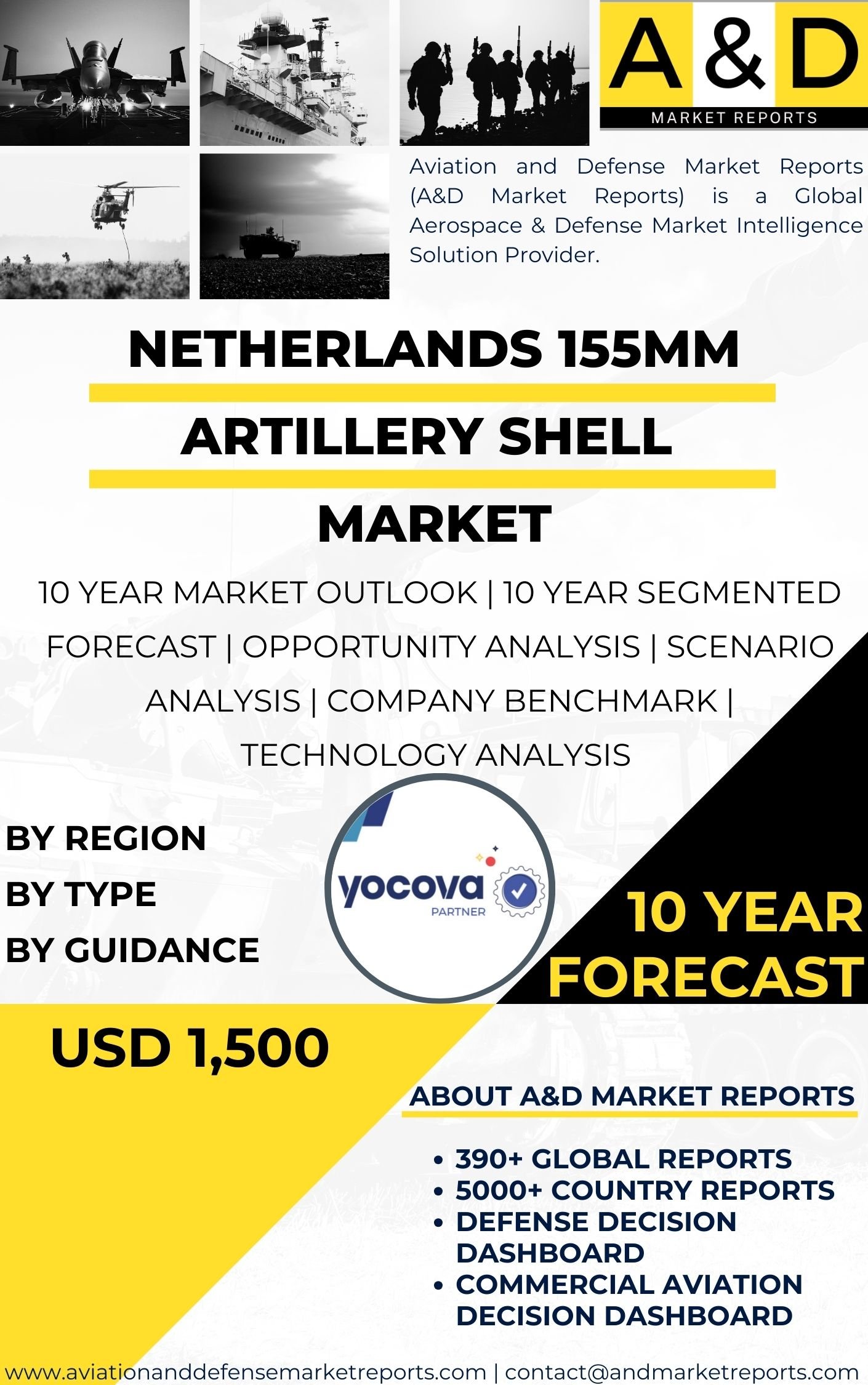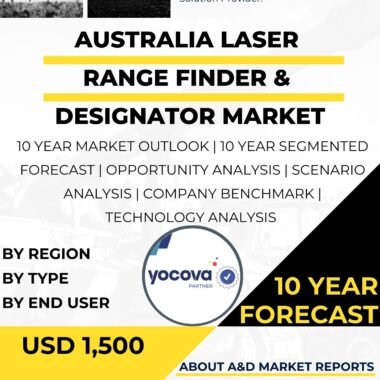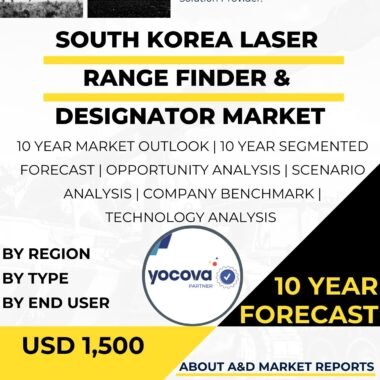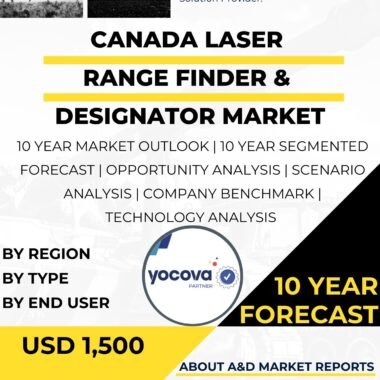Description
The Netherlands 155mm artillery shell market is an essential component of the nation?s defense modernization and capability-building initiatives, reflecting its role as a NATO member and its commitment to supporting both national security and alliance-wide operations. Artillery remains one of the most decisive elements of modern land warfare, providing long-range firepower, suppression of enemy positions, and critical support to maneuvering forces. In this context, the 155mm artillery shell has emerged as the NATO-standard caliber, ensuring interoperability among member nations, and the Netherlands has aligned its artillery modernization programs accordingly. The market is driven by the need to replace aging stockpiles, adopt precision-guided munitions, and enhance overall operational effectiveness in joint operations with allied forces.
One of the primary drivers in this market is the Dutch Armed Forces? ongoing efforts to upgrade their fire support systems. The Royal Netherlands Army utilizes 155mm artillery systems such as the Panzerhaubitze 2000 (PzH 2000) self-propelled howitzer, which requires a reliable supply of advanced artillery shells to maximize its performance. Modern warfare emphasizes precision, reduced collateral damage, and higher lethality, leading to the growing demand for specialized 155mm shells such as high-explosive, smoke, illumination, and precision-guided variants. The Dutch military, in coordination with NATO standards, is increasingly interested in acquiring smart munitions that integrate GPS guidance, extended range capabilities, and programmable fuzes.
Geopolitical dynamics also significantly influence the Netherlands 155mm artillery shell market. The Russian invasion of Ukraine has underscored the centrality of artillery in high-intensity conflicts, prompting NATO nations, including the Netherlands, to strengthen their artillery capabilities and stockpiles. The high consumption rates of artillery ammunition in modern conflicts have highlighted the importance of robust supply chains and domestic or allied industrial capacity. For the Netherlands, this has translated into closer collaboration with European defense industries and NATO partners to ensure secure access to large volumes of 155mm shells, both conventional and advanced.
Technology is playing a pivotal role in reshaping this market. Traditional unguided shells, while effective, are being complemented by precision-guided munitions (PGMs) that drastically improve accuracy and reduce ammunition wastage. Extended-range munitions capable of reaching targets up to 70 km are also gaining traction, offering enhanced operational flexibility. The Netherlands, given its focus on technologically advanced, network-centric warfare, is prioritizing the adoption of these modern shell types to support integrated operations across land, air, and allied platforms.
Industrial collaboration and supply chain resilience are critical aspects of the Dutch 155mm artillery shell market. With limited domestic production capacity, the Netherlands relies heavily on partnerships with European defense manufacturers, such as those in Germany and France, which are major suppliers of NATO-standard munitions. Joint procurement initiatives within NATO and the European Union provide the Netherlands with cost advantages while ensuring interoperability. However, the surge in global demand has also led to supply pressures, prompting the Netherlands to explore long-term contracts and strategic reserves to maintain operational readiness.
Sustainability and cost efficiency are increasingly relevant themes in this market. The Netherlands has expressed interest in environmentally friendly munitions, focusing on reducing the environmental impact of training exercises and battlefield operations. The development of insensitive munitions, which are less likely to detonate accidentally, also aligns with Dutch safety and environmental standards, further shaping procurement choices.
Challenges in this market include balancing cost, availability, and technological sophistication. Advanced guided artillery shells are significantly more expensive than traditional rounds, which can strain defense budgets. Additionally, maintaining a sufficient stockpile to meet both peacetime training and wartime consumption requirements remains a complex logistical challenge. Despite these hurdles, the Netherlands recognizes that a robust artillery shell inventory is critical to maintaining deterrence and defense capabilities.
Looking ahead, the Netherlands 155mm artillery shell market is poised for steady growth, driven by NATO commitments, modernization programs, and the increasing importance of precision and extended-range firepower in contemporary conflicts. The integration of smart technologies, strengthened industrial partnerships, and a focus on sustainability will further shape the market?s trajectory. As the Netherlands continues to balance defense readiness with alliance responsibilities, the 155mm artillery shell will remain a cornerstone of its land-based firepower, ensuring that its armed forces are prepared to operate effectively in both national defense and multinational operations.




